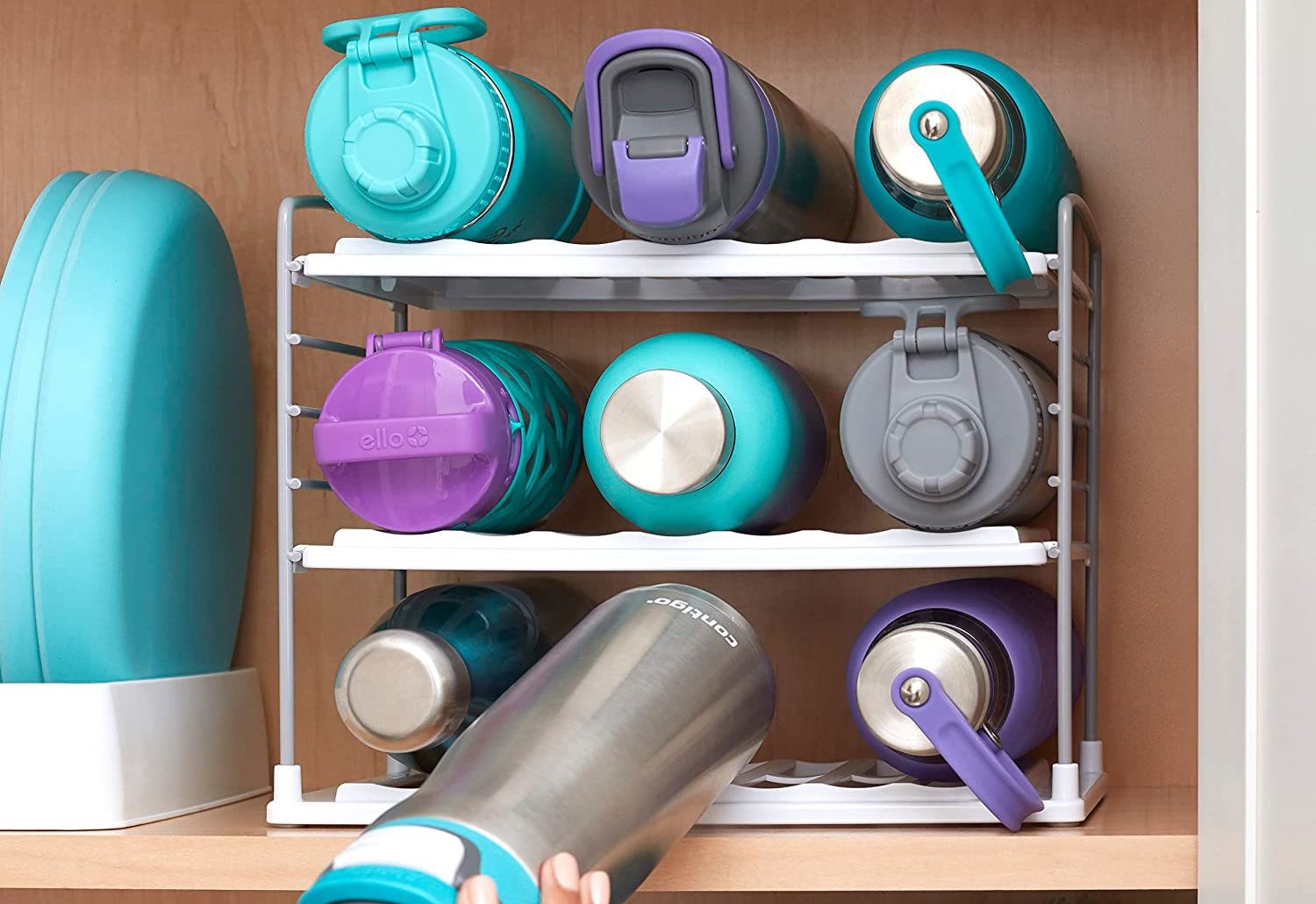

Articles
How To Store Bottles
Modified: January 18, 2024
Learn the best methods of storing bottles in this comprehensive guide. Expert tips and techniques for organizing and preserving your articles.
(Many of the links in this article redirect to a specific reviewed product. Your purchase of these products through affiliate links helps to generate commission for Storables.com, at no extra cost. Learn more)
Introduction
Welcome to this comprehensive guide on how to store bottles. Whether you are a wine enthusiast, a collector of spirits, or simply someone who loves to stock up on beverages, proper bottle storage is essential to preserving the quality and longevity of your treasures. In this article, we will explore the different factors to consider when storing bottles, from choosing the right location to handling and moving them with care.
No matter the type of bottles you have – whether they are wine bottles, liquor bottles, or even bottles of homemade sauces and oils – following the best practices of bottle storage will help maintain their taste, aroma, and overall condition. By paying attention to the storage environment, organizing your collection, and taking the necessary precautions when handling and moving the bottles, you can ensure that they will be enjoyed at their best when the time comes to indulge in their contents.
Now, let’s dive into the specifics of how to properly store your bottles and unlock the full potential of their flavors.
Key Takeaways:
- Proper bottle storage involves choosing the right location, preparing the storage area, storing bottles horizontally, organizing the collection, and handling bottles with care to maintain their quality and integrity.
- By following best practices for bottle storage, you can ensure that your collection of wines, spirits, and other beverages ages gracefully, maintains its quality, and is easily accessible for any occasion.
Read more: How To Store Sterilised Bottles
Choosing the Right Storage Location
When it comes to bottle storage, the first step is to select the right location. The ideal storage environment should be cool, dark, and free from temperature fluctuations. Here are some factors to consider when choosing the storage location for your bottles:
- Temperature: It is crucial to store bottles in a location with a consistent temperature, ideally between 55°F and 65°F (12°C and 18°C). Avoid storing bottles in areas that experience extreme temperature changes, such as near windows or heaters. Fluctuations in temperature can agitate the contents of the bottles and affect their flavor and quality.
- Humidity: Maintaining the right humidity level is essential for bottle storage. Aim for a humidity level of around 60-70%. Too low humidity can dry out corks and compromise the seal, while excessive humidity can promote mold growth. Consider using a hygrometer to monitor and regulate the humidity in the storage area.
- Light: Exposure to direct sunlight or even artificial light can have a detrimental effect on bottled contents. UV rays, in particular, can degrade the flavors and colors of wines and spirits. Choose a storage location away from light sources or invest in UV-protected glass or opaque storage containers.
- Vibration: Vibrations can disturb the sediments in wine bottles and impact the aging process. Avoid storing bottles in areas prone to vibrations, such as near appliances or high-traffic areas. If you have a collection of fine wines, consider investing in vibration-absorbing racks or storage units.
- Isolation: Keep your bottle storage area separate from areas with strong odors. Bottles can be sensitive to odors and absorb them, which can affect the taste and aroma of the contents. Store bottles away from the kitchen or any location with strong-smelling substances.
Take the time to evaluate different locations in your home or consider investing in a dedicated wine cellar or wine storage unit. Remember, the key is to provide a stable and controlled environment where your bottles can age gracefully and maintain their quality.
Preparing the Storage Area
Once you’ve chosen the right location for your bottle storage, it’s important to properly prepare the storage area. This will ensure that your bottles are protected and maintained in optimal conditions. Follow these steps to prepare your storage area:
- Clean and dust: Before placing your bottles in the storage area, make sure it is clean and free from dust. Dust can accumulate on bottles and affect their appearance. Clean the shelves or racks using a soft cloth or brush, and make sure to wipe away any cobwebs or debris.
- Check for pests: Inspect the storage area for any signs of pests such as insects or rodents. Make sure there are no openings or cracks that can serve as entry points. It’s important to keep bottles safe from potential damage or contamination caused by pests.
- Consider insulation: If you live in an area with extreme temperatures, it may be necessary to insulate the storage area to maintain a stable climate. Use insulation materials to prevent temperature fluctuations and protect the bottles from external temperature changes.
- Install proper shelving or racks: Invest in sturdy and reliable shelving or racks to store your bottles. Make sure they are designed to support the weight of the bottles and provide adequate spacing between each bottle to prevent overcrowding. Additionally, consider using angled shelving for wine bottles to keep the corks in contact with the wine, preventing them from drying out.
- Label and organize: Create a system to label and organize your bottles. This will make it easier to locate specific bottles when needed. Consider using labels or tags to mark each bottle with relevant information such as the type, vintage, or expiration date.
- Create a log or inventory: Keep track of the bottles in your collection by creating a log or inventory. This can be a spreadsheet or a notebook where you record details about each bottle, such as its origin, purchase date, and tasting notes. Regularly update the log to track inventory and plan for future purchases.
By following these steps, you can create a well-prepared storage area that will keep your bottles safe, organized, and in the best possible condition for storage.
Store bottles in a cool, dark place to prevent heat and light from affecting the quality of the contents. Keep them upright to minimize the risk of leakage and seal them tightly to maintain freshness.
Storing Bottles Horizontally
One of the most important aspects of bottle storage, especially for wine bottles, is storing them horizontally. This position allows the liquid to be in contact with the cork, keeping it moist and preventing it from drying out. Here are some key points to consider when storing bottles horizontally:
- Preserving the seal: Storing wine bottles horizontally helps maintain a proper seal between the cork and the bottle. When the cork is in contact with the liquid, it remains swollen, preventing air from entering the bottle. This is crucial for wines that require aging, as exposure to air can lead to oxidation and spoilage.
- Preventing cork damage: By storing bottles horizontally, you minimize the risk of cork damage. If a wine bottle is stored upright for an extended period, the dried-out cork can become brittle and may crumble when you try to open the bottle. Storing bottles horizontally ensures that the cork stays moist and intact.
- Temperature control: Storing bottles horizontally can also help with temperature control. When positioned horizontally, the liquid inside the bottle is distributed evenly, which allows for more consistent temperature regulation. This is particularly important for wines, as temperature fluctuations can affect the aging process and alter the flavor profile.
- Space optimization: Storing bottles horizontally also helps in optimizing space, especially if you have a large collection. This allows you to utilize the full length of your storage area and maximize its capacity. Additionally, it makes it easier to access and identify specific bottles without disturbing the rest.
While horizontally storing wine bottles is crucial, it’s important to note that this position may not be suitable for all types of bottles. Liquor bottles, for example, can be stored upright without any issues. Assess the specific requirements of your bottle collection and adjust the storage position accordingly.
By storing your bottles horizontally, you can ensure that they are properly preserved and maintain their quality over time. Remember to regularly inspect the bottles for any signs of damage or leakage, and make sure to replace damaged corks or seals promptly to prevent spoilage.
Organizing Your Bottle Collection
Organizing your bottle collection is not only visually appealing but also practical. Having a well-organized collection makes it easier to locate specific bottles, track inventory, and ensure that each bottle is stored under the appropriate conditions. Here are some tips for organizing your bottle collection:
- Categorize by type: Start by categorizing your bottles by type. This can include categories such as wine, spirits, beer, or even homemade concoctions. Categorization helps in creating a clear separation and makes it easier to locate bottles according to your specific needs.
- Arrange by frequency of use: Consider arranging your bottles based on their frequency of use. Place the bottles you regularly reach for in easily accessible areas, while those reserved for special occasions or aging can be stored in a more secure or less reachable section.
- Group by region or origin: If you have a diverse collection of wines or spirits from different regions, you can group them based on their origin. This allows you to showcase the array of flavors and explore the unique characteristics of various regions.
- Sort by vintage: If you have a collection of wines with different vintages, sorting them by vintage can be helpful. This not only adds a chronological aspect to your collection but also makes it easier to locate a specific vintage when desired.
- Utilize storage accessories: Storage accessories such as wine racks, shelves, and dividers can add functionality and aesthetics to your collection. Invest in storage solutions that can accommodate various bottle sizes and shapes, ensuring that each bottle is securely positioned.
- Label and document: Labeling each bottle and documenting relevant information can be immensely helpful. Include details such as the name, producer, vintage, and any personal notes about the bottle’s characteristics or tasting experiences. This information assists in tracking inventory and allows you to make informed choices when selecting a bottle.
- Create a rotation system: If you have bottles that need to be consumed within a specific timeframe, create a rotation system. Place those bottles that require immediate attention in a designated area or mark them with a special label to remind yourself to enjoy them before they expire.
Remember to periodically review and maintain your organization system as your collection grows or changes. This will ensure that your bottles are properly accounted for and stored in the most efficient and practical manner.
An organized bottle collection not only adds a touch of sophistication but also enhances your overall enjoyment of the experience. Take pride in curating your collection and revel in the ease of accessing and selecting the perfect bottle for any occasion.
Read more: How To Store Medicine Bottles
Handling and Moving Bottles with Care
Proper handling and cautious movement of bottles are essential to prevent damage and maintain the integrity of the contents. Whether you’re transporting bottles from the store to your home, reorganizing your collection, or preparing for a special occasion, follow these tips for handling and moving bottles with care:
- Handle with clean hands: Always make sure your hands are clean and dry before handling bottles. Oils, dirt, and moisture from your hands can transfer to the bottle and potentially affect the label or compromise the seal.
- Support the base: When picking up a bottle, always support it by grasping the base. This provides stability and helps to distribute the weight evenly. Avoid gripping the bottle by its neck, as this can put excessive pressure on the neck and risk breakage.
- Avoid excessive shaking: Shaking bottles, especially carbonated beverages or wines with sediment, can disturb the contents and alter their taste. When moving or transporting bottles, do so gently and avoid vigorous shaking or agitation.
- Use appropriate packaging: If you need to transport bottles, whether for travel or gifting, use suitable packaging. Wine or bottle bags with padded dividers or individual bottle compartments can provide protection and prevent bottles from clinking together.
- Ensure secure closures: Before moving or handling bottles, check that the closures (corks, caps, or screw-tops) are secure. This prevents leakage and reduces the risk of spoilage or damage to other bottles in the vicinity.
- Avoid extreme temperatures: When moving bottles, keep them away from extreme temperatures, such as leaving them in a hot car or exposing them to freezing cold. Extreme temperatures can degrade the quality of the contents or cause expansion/contraction, leading to leakage or breakage.
- Allow bottles to settle: If you have recently transported or moved bottles, allow them to settle before opening. This allows any disturbed sediments to settle back to the bottom, ensuring a clearer pour and better flavor experience.
By handling and moving bottles with care, you can minimize the risk of damage, maintain the condition of your bottles, and preserve the quality of their contents. Remember, each bottle in your collection represents a unique flavor profile and a moment to be savored, so treat them with the attention and respect they deserve.
Frequently Asked Questions about How To Store Bottles
Was this page helpful?
At Storables.com, we guarantee accurate and reliable information. Our content, validated by Expert Board Contributors, is crafted following stringent Editorial Policies. We're committed to providing you with well-researched, expert-backed insights for all your informational needs.
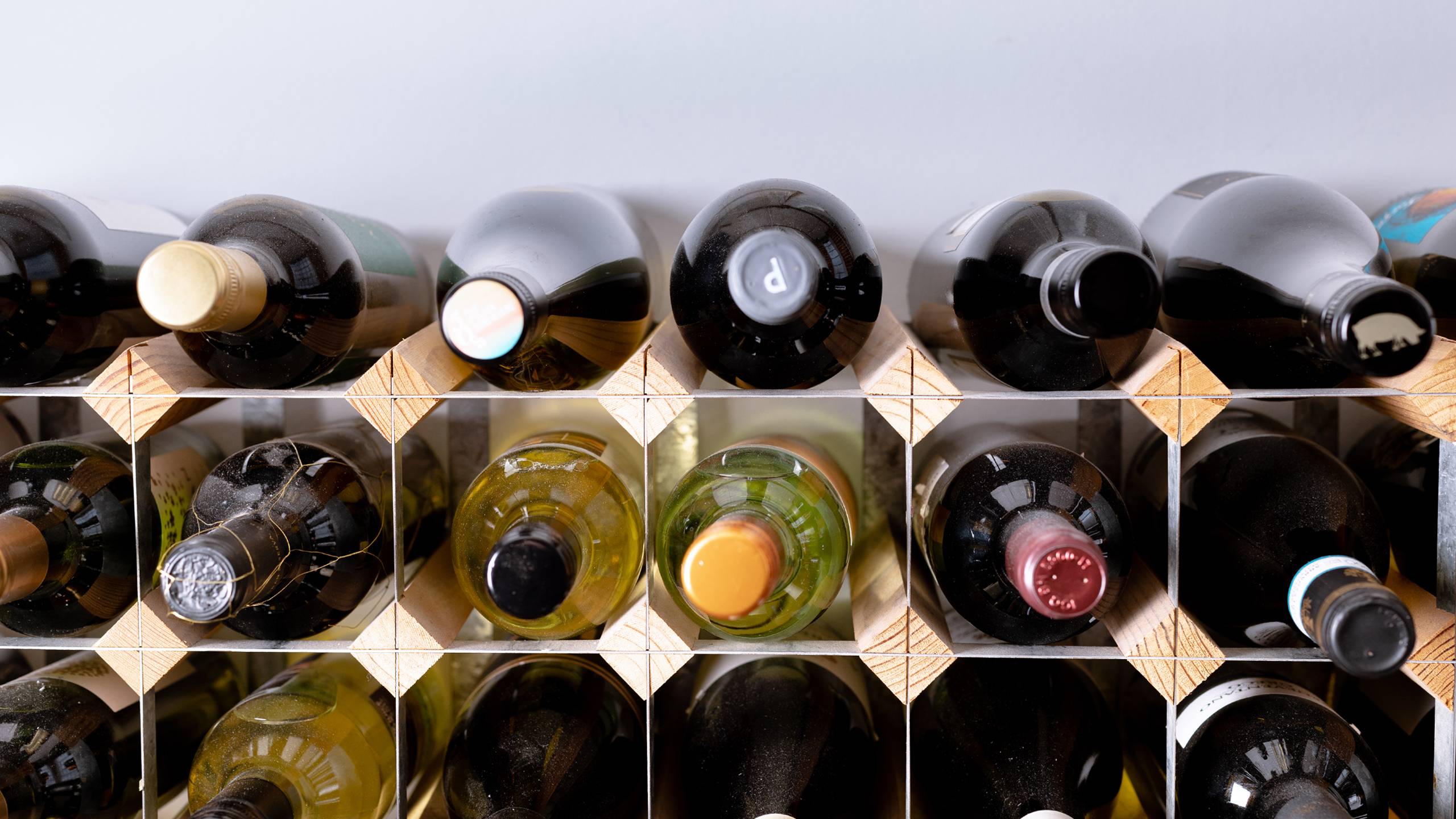
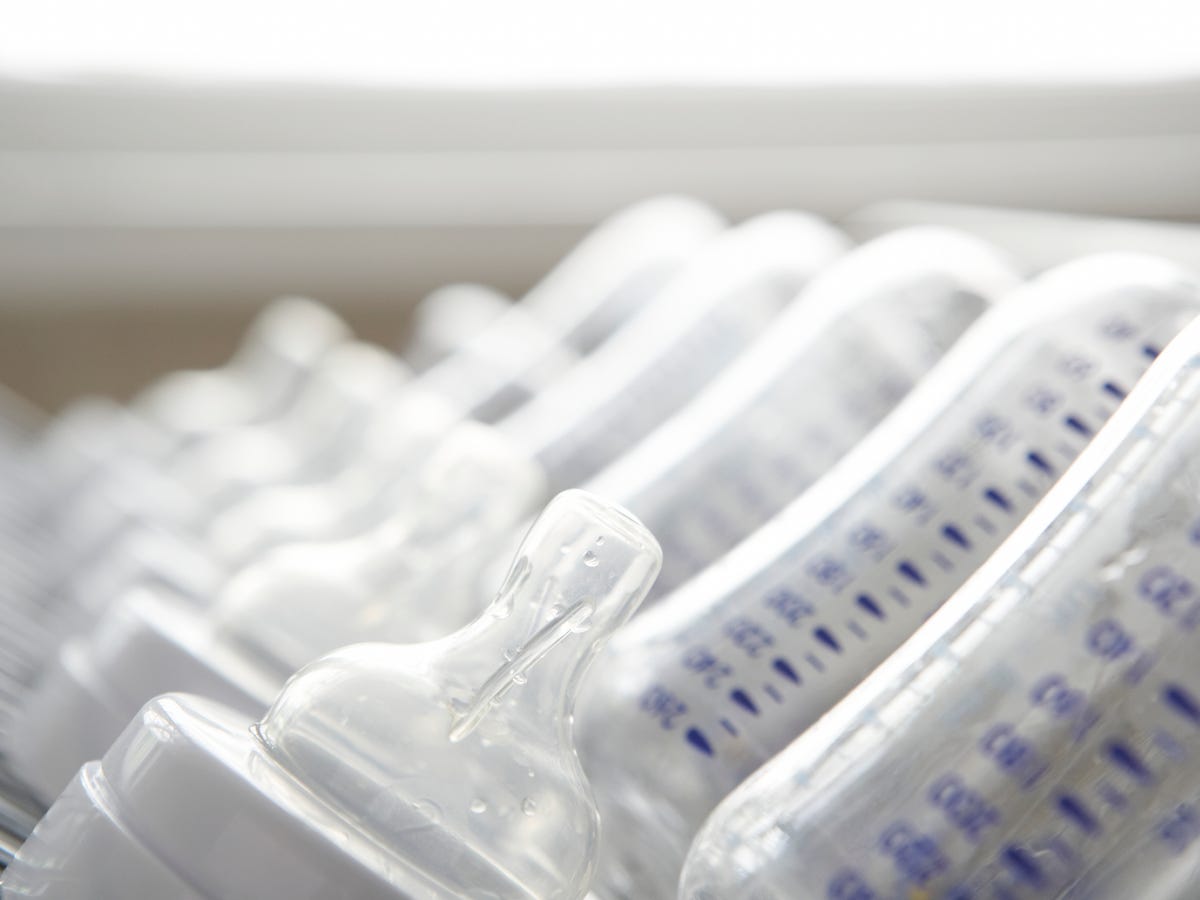
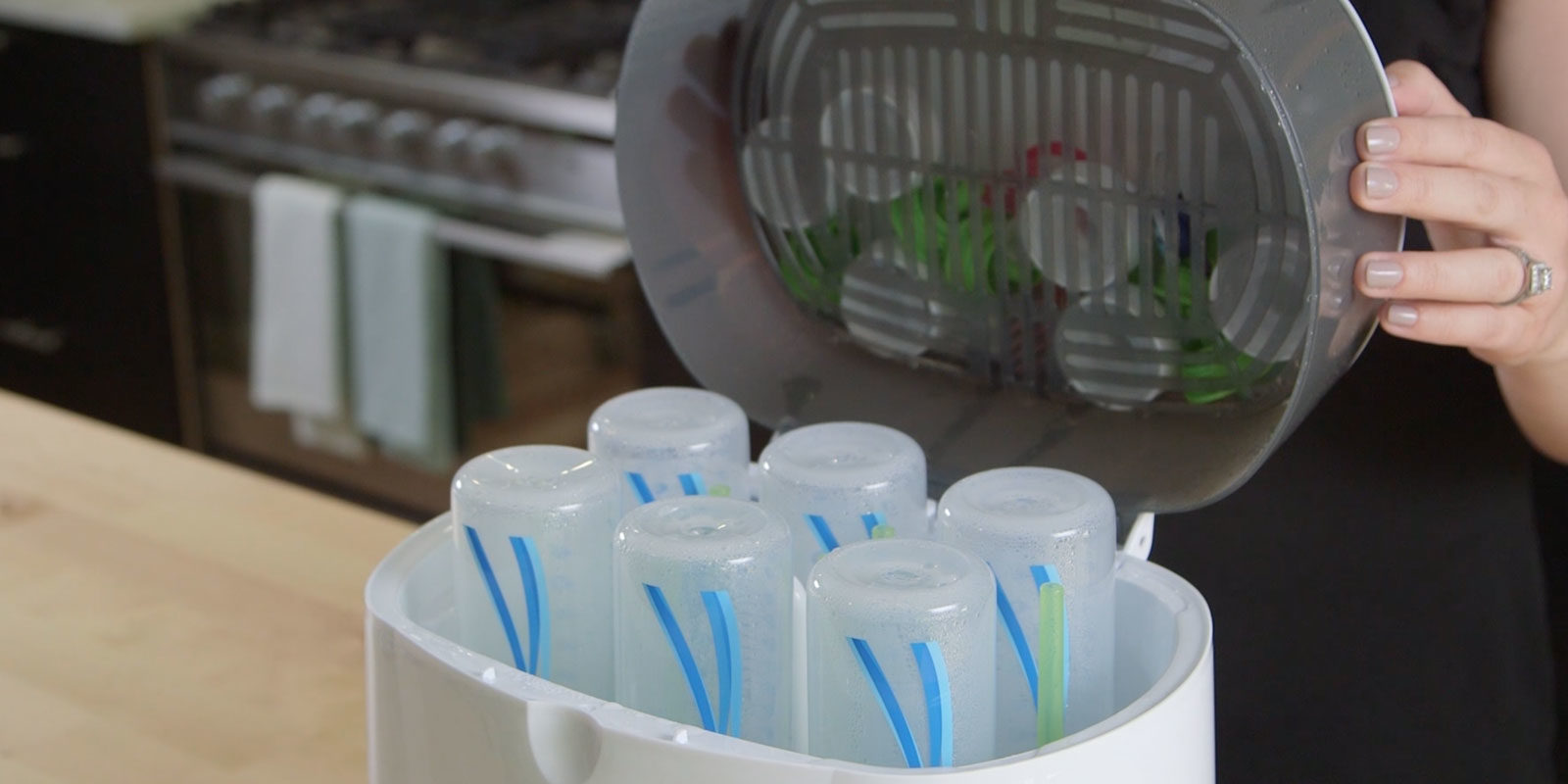
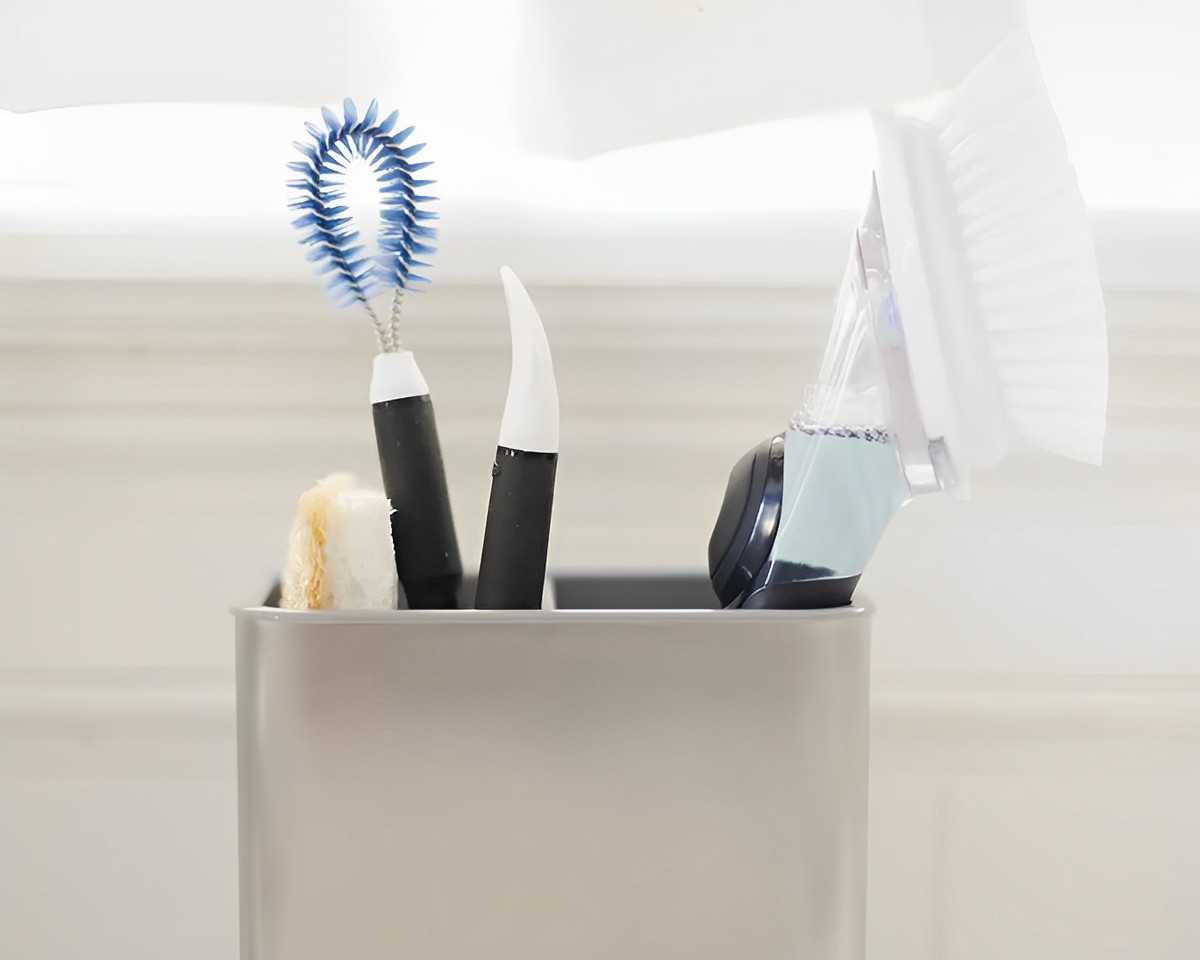
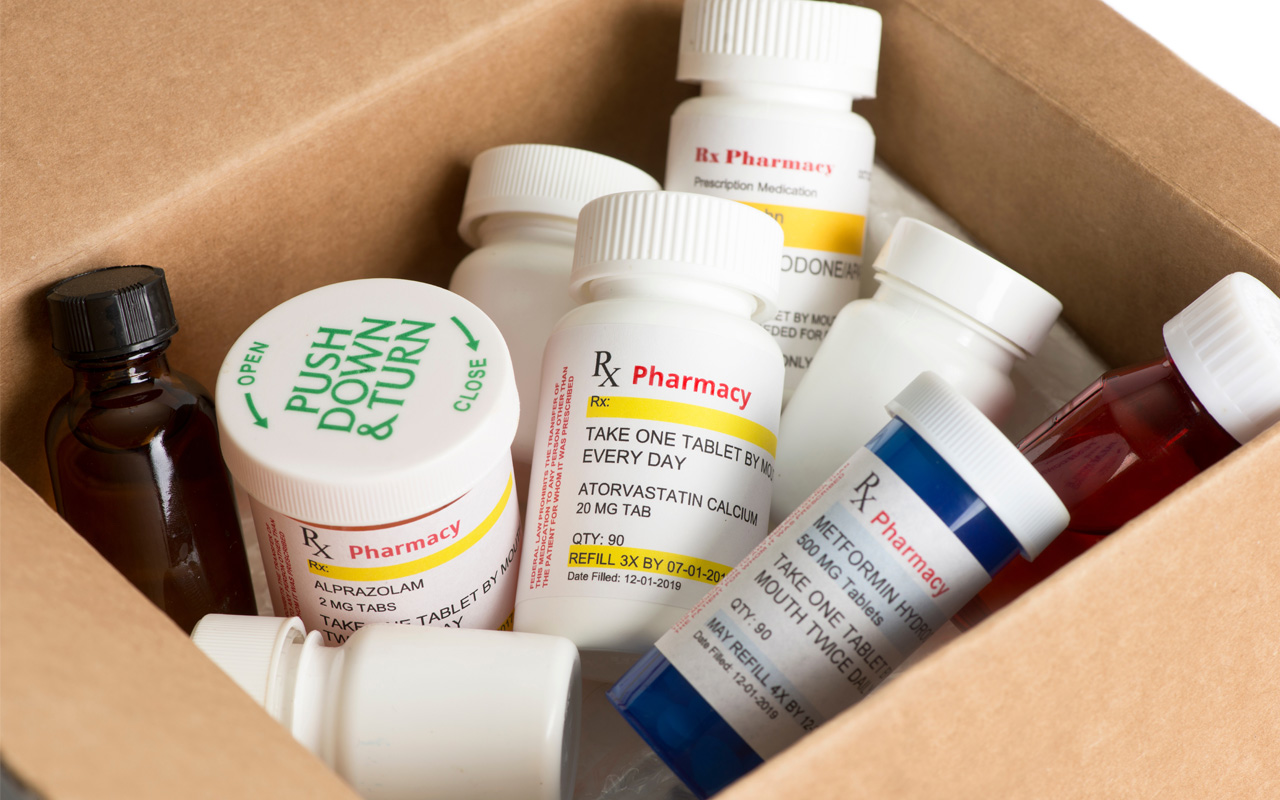
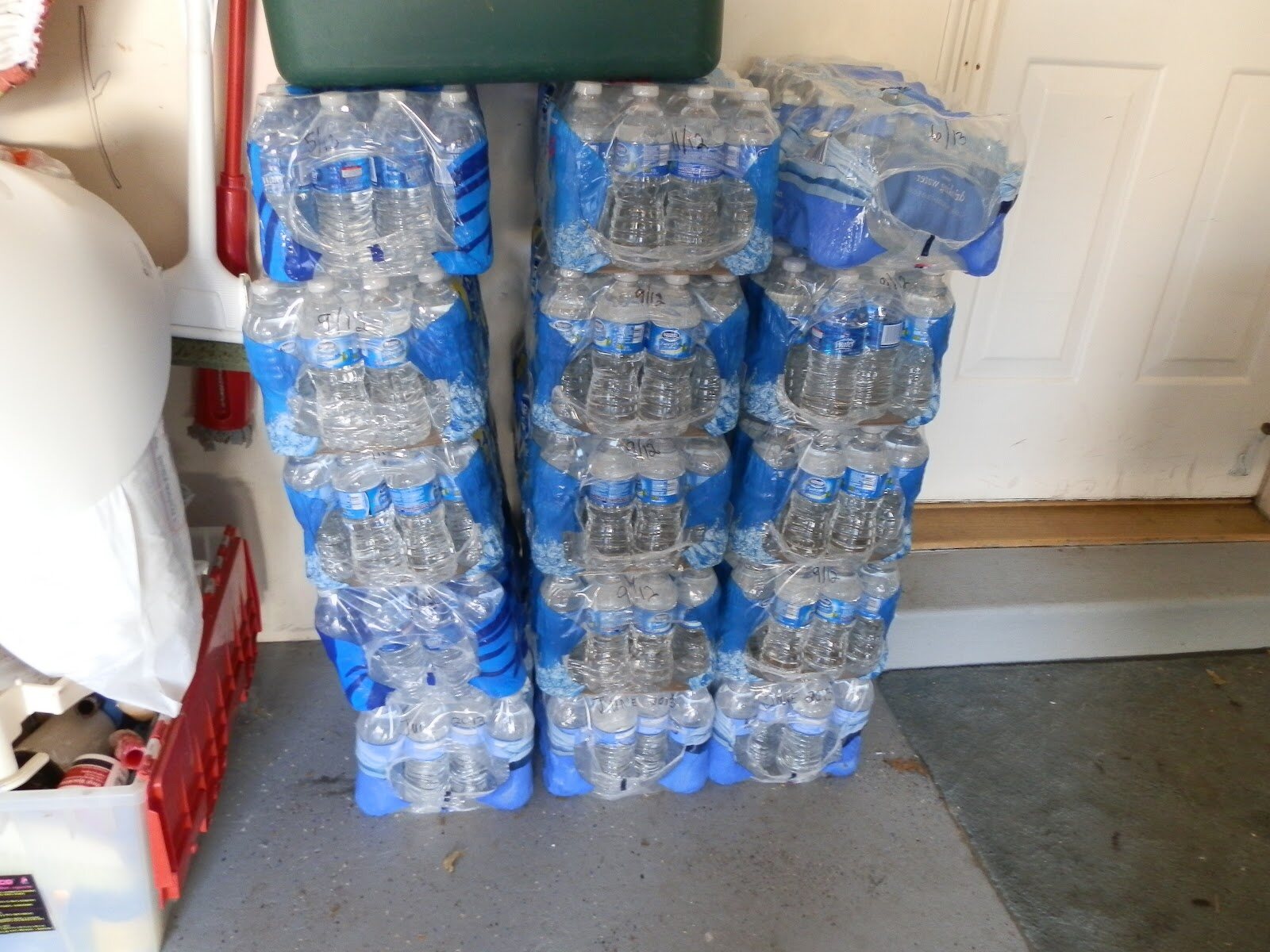
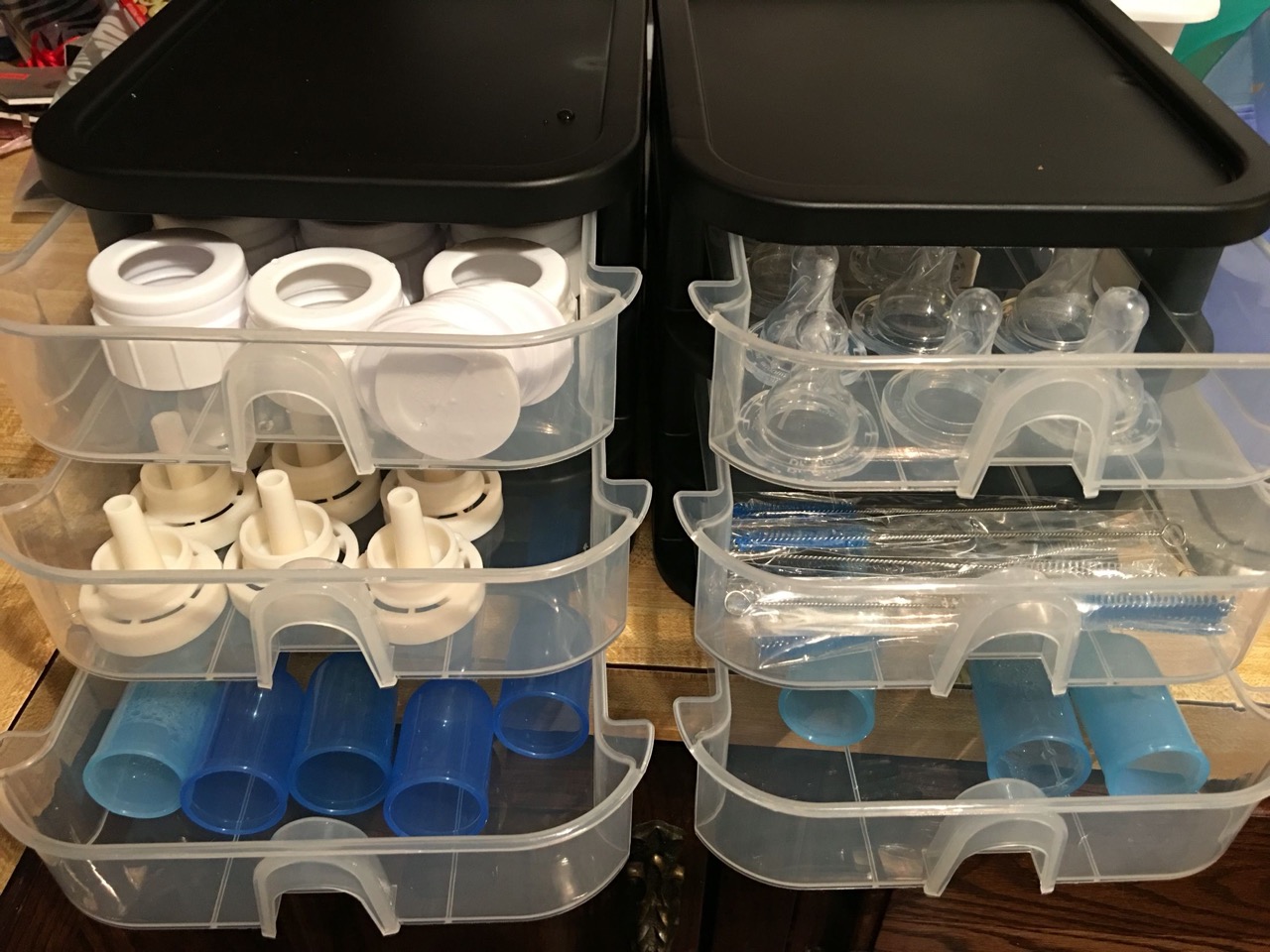
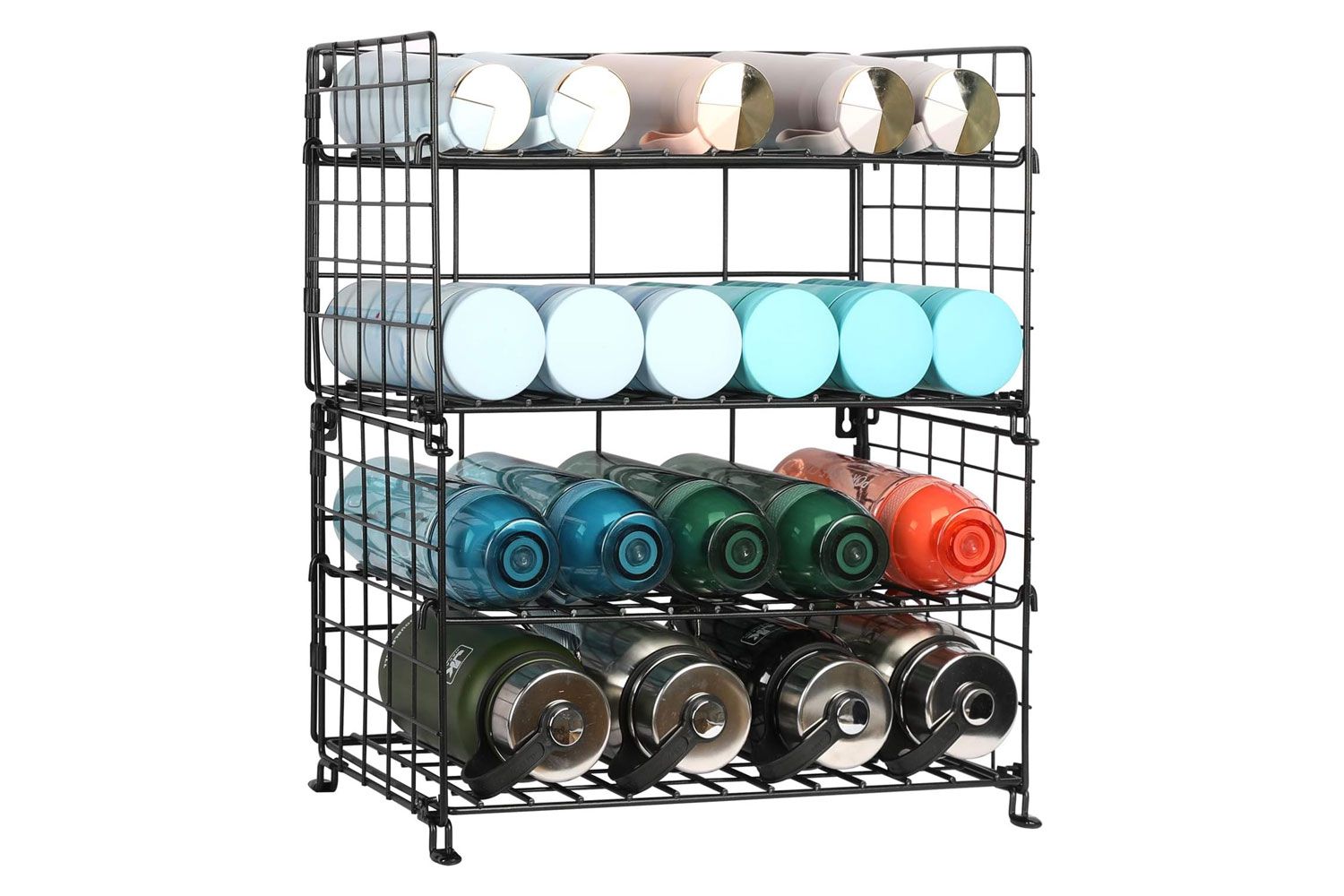
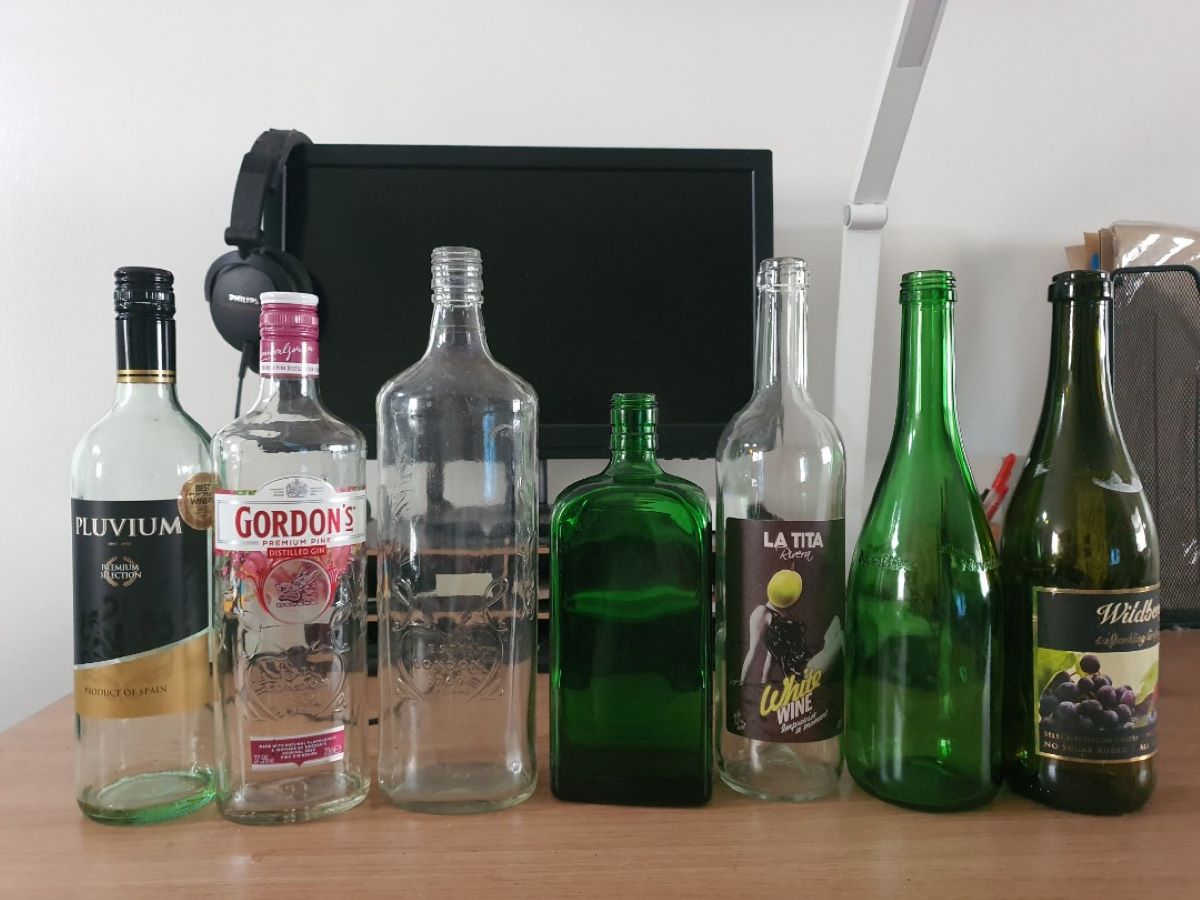
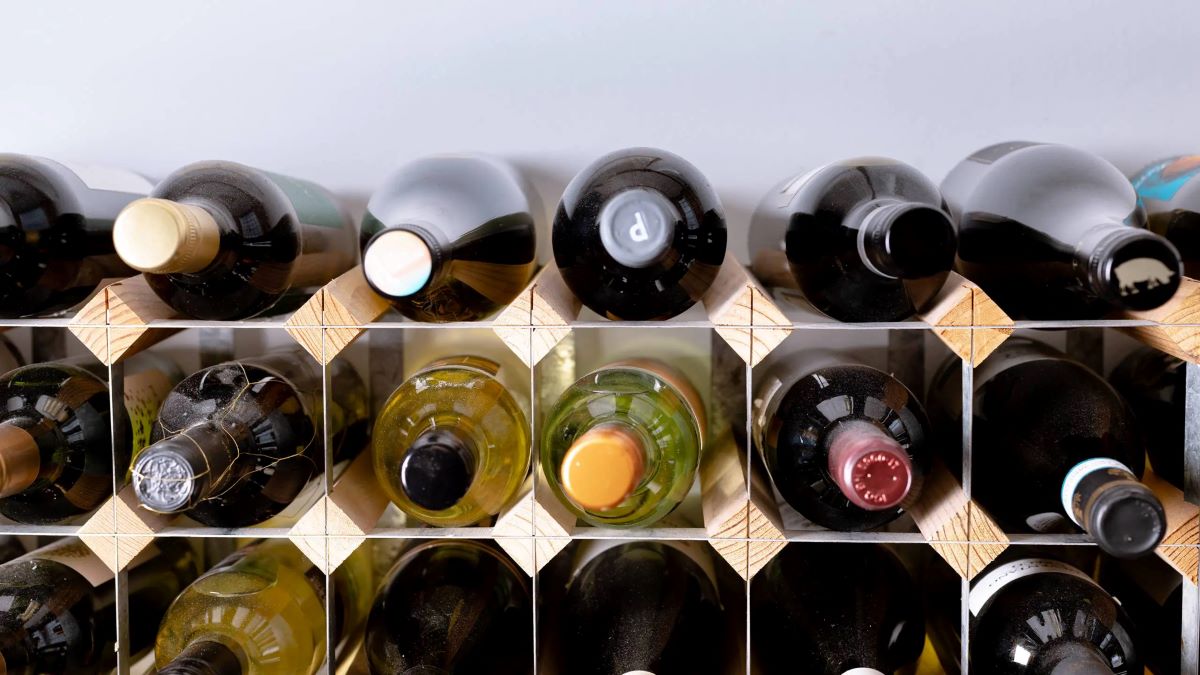
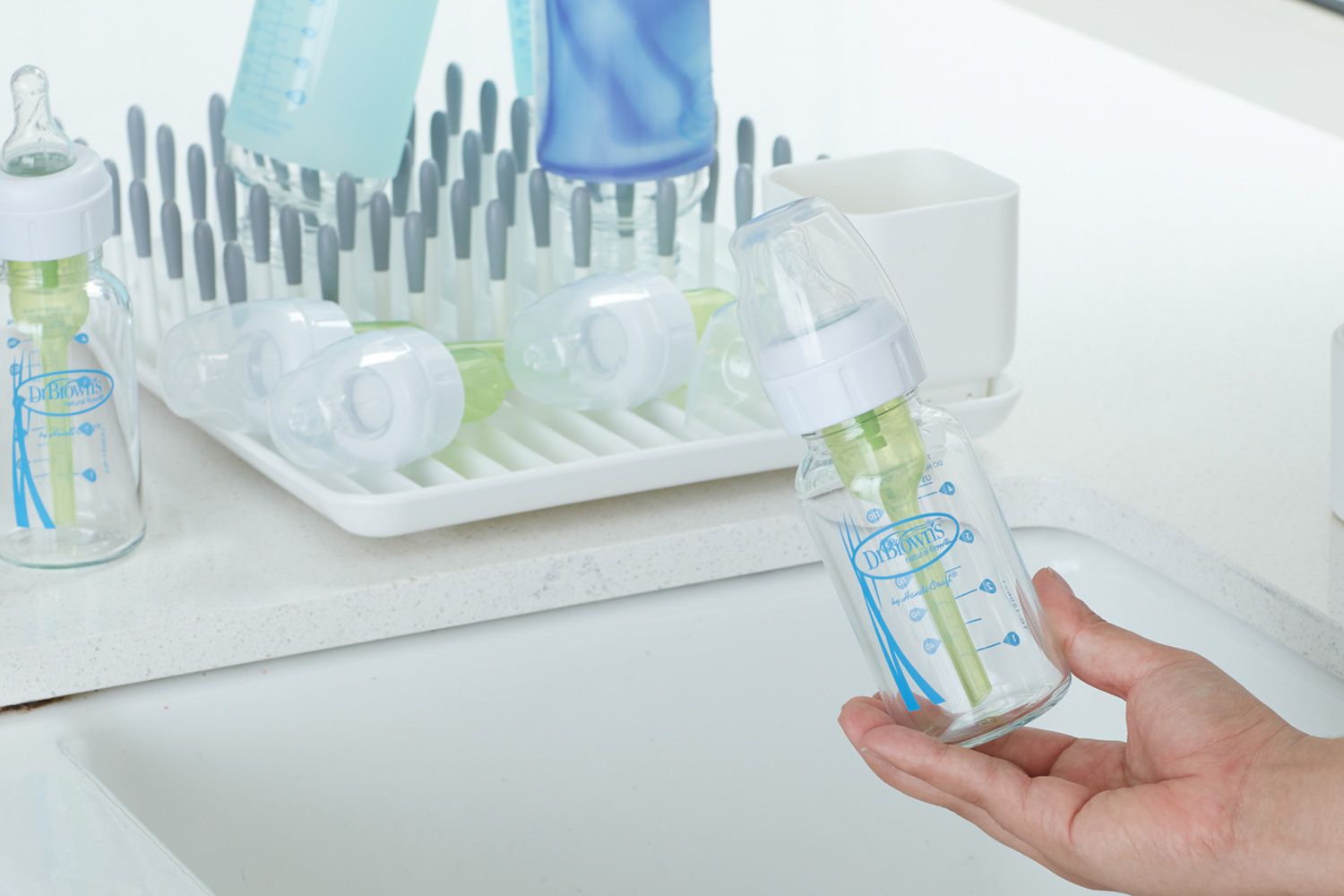
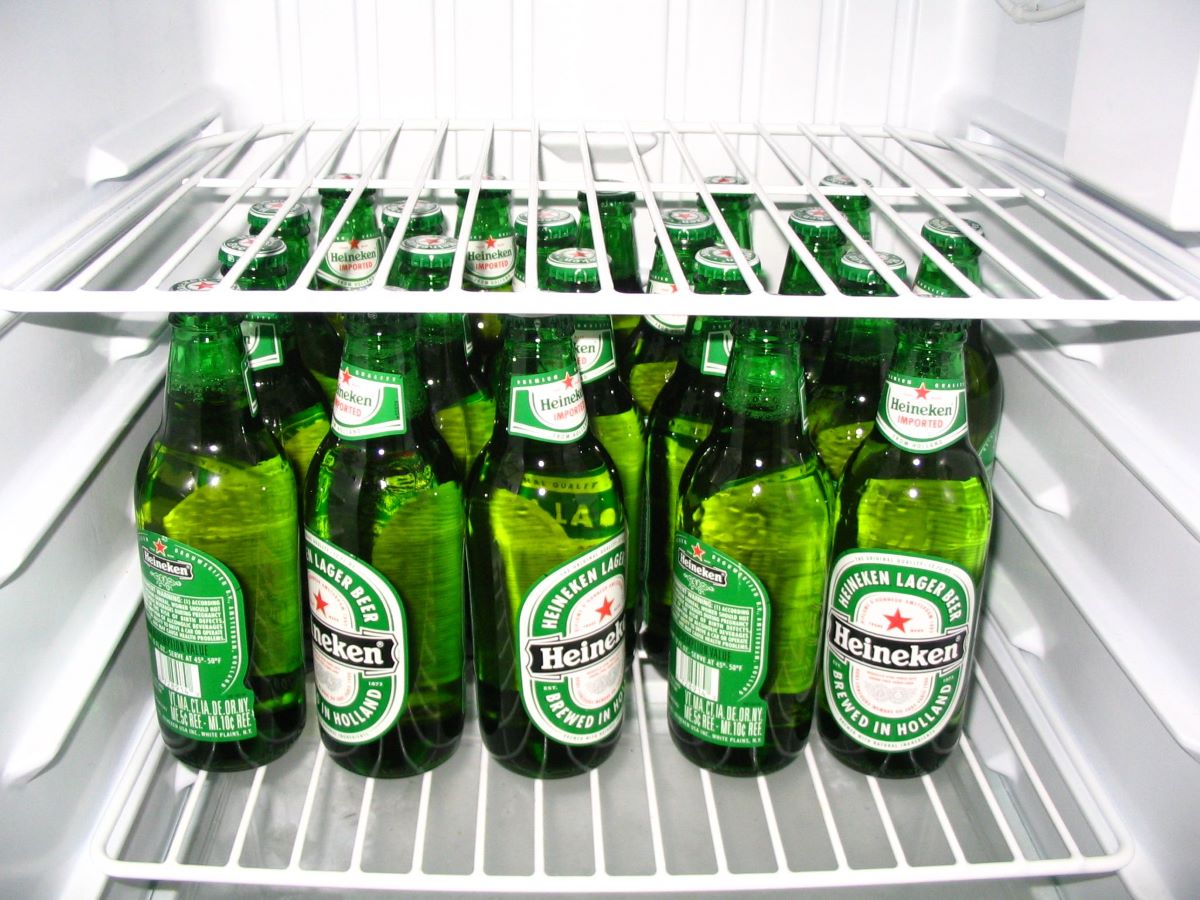
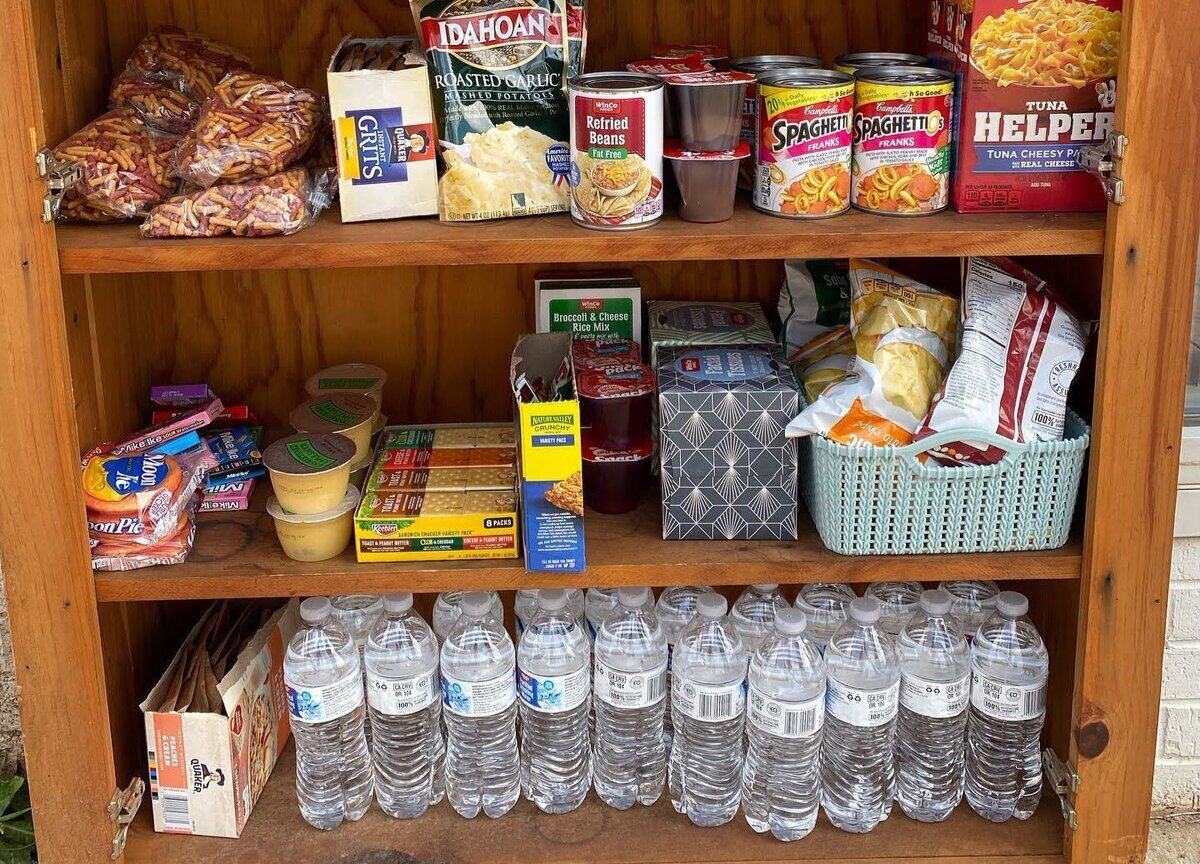
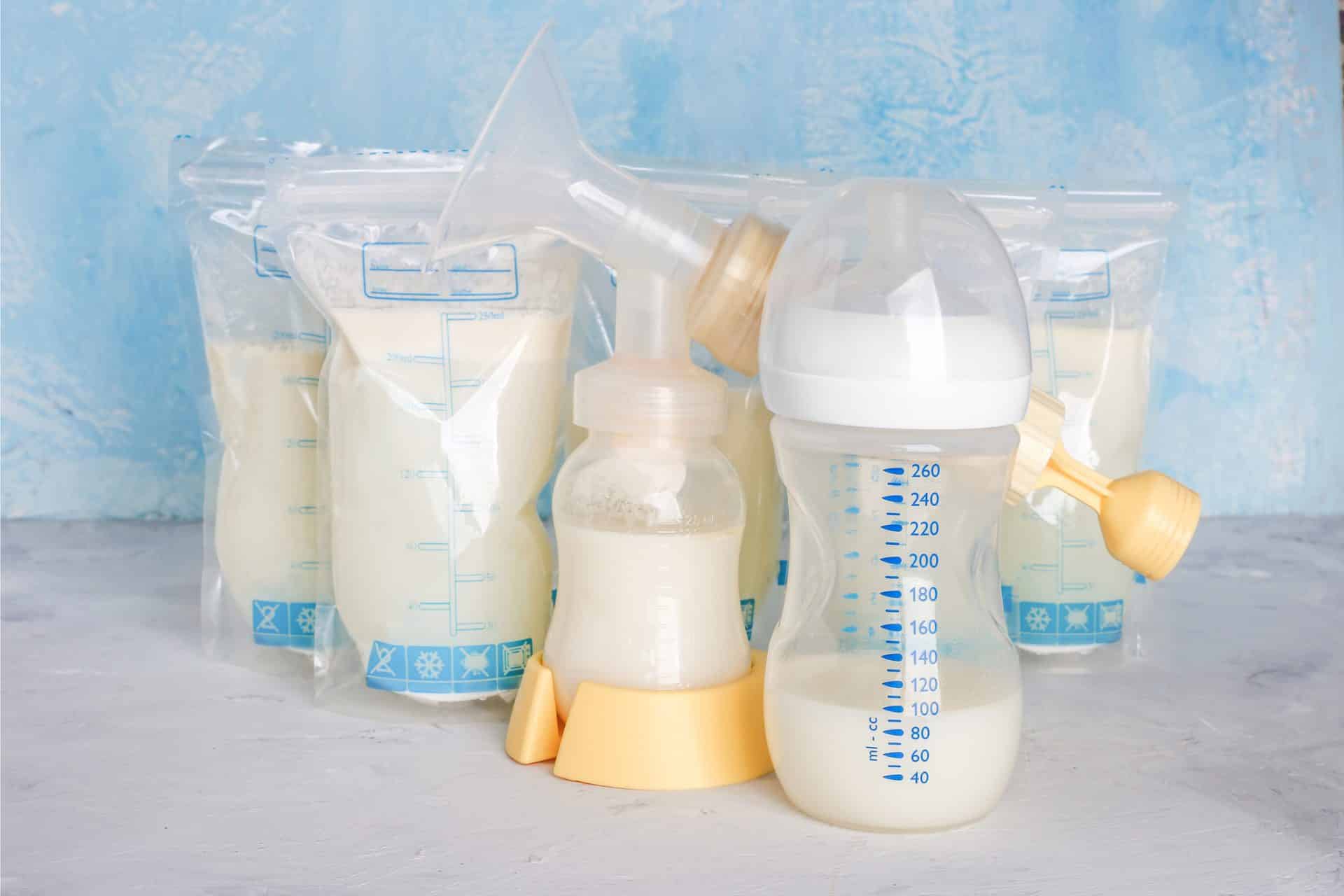

0 thoughts on “How To Store Bottles”